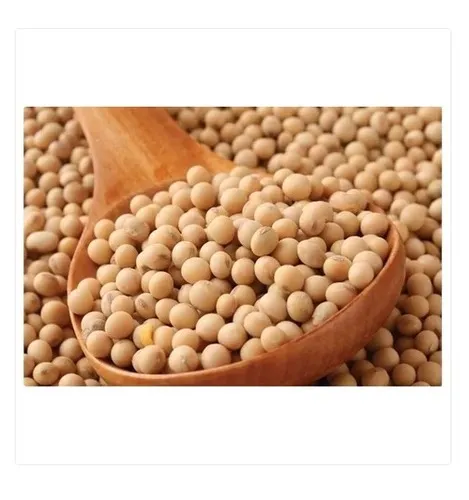
Pea beans, specifically Pisum sativum (commonly known as peas), have been extensively studied for their nutritional and health benefits. Here are some key points that might be useful for your research paper:
- Nutritional Composition: Pea beans are rich in macronutrients, including proteins, starches, dietary fiber, and non-starch polysaccharides. They also contain important bioactive compounds such as polyphenols, flavonoids, and phenolic acids, which are mainly found in the pea coats.
- Antioxidant and Anti-inflammatory Properties: Pea beans exhibit strong antioxidant and anti-inflammatory activities. These properties help in reducing oxidative stress and inflammation, which are linked to various chronic diseases.
- Digestive Health: Pea beans support gut health by promoting beneficial gut microbes and enhancing microbial metabolite production. This can help in managing gut-related diseases.
- Metabolic Benefits: Consumption of pea beans has been linked to improved glucose metabolism and lipid profiles. They have hypoglycemic and hypolipidemic effects, making them beneficial for individuals with diabetes and high cholesterol.
- Antimicrobial Activity: The bioactive compounds in pea beans exhibit antimicrobial properties, making them effective against a range of bacteria and fungi.
- Potential Anti-cancer Properties: Some studies suggest that pea beans may have anticancer properties, including the ability to inhibit the growth of cancer cells and induce apoptosis (programmed cell death).